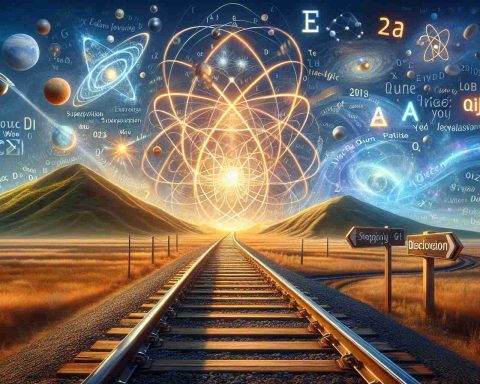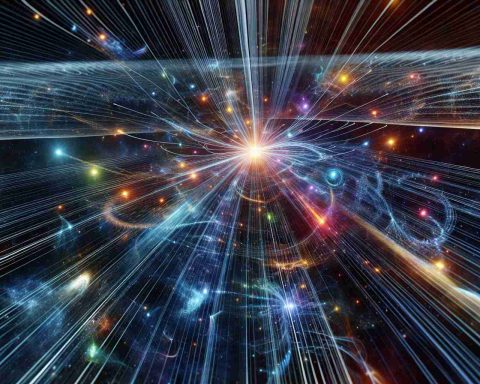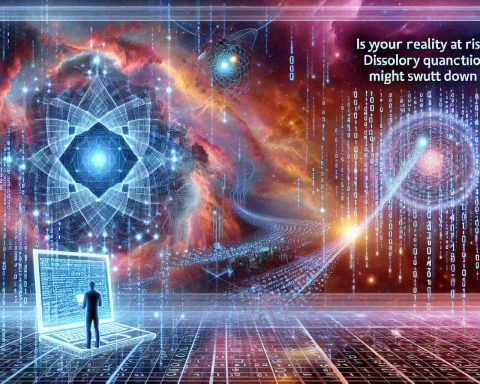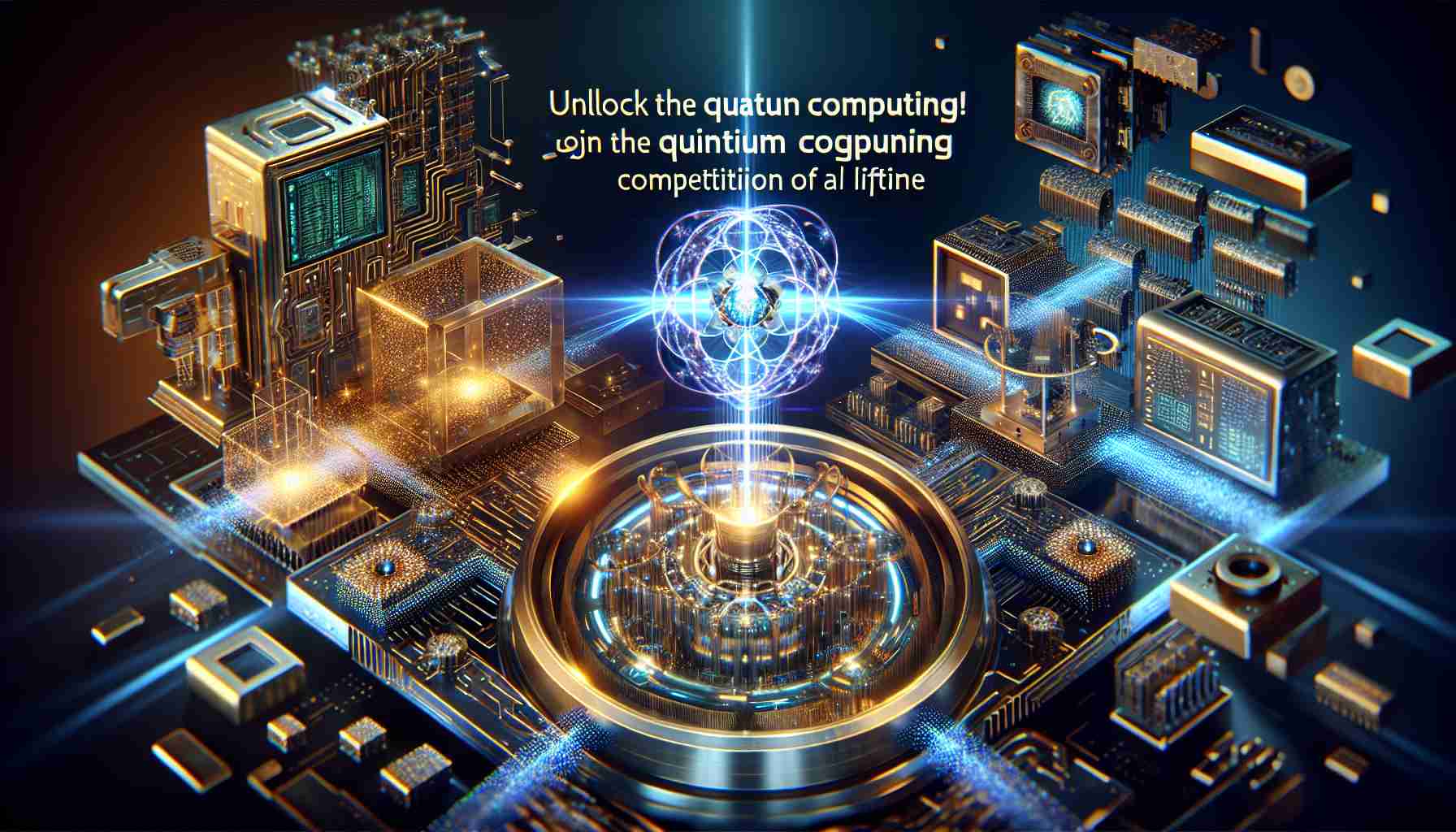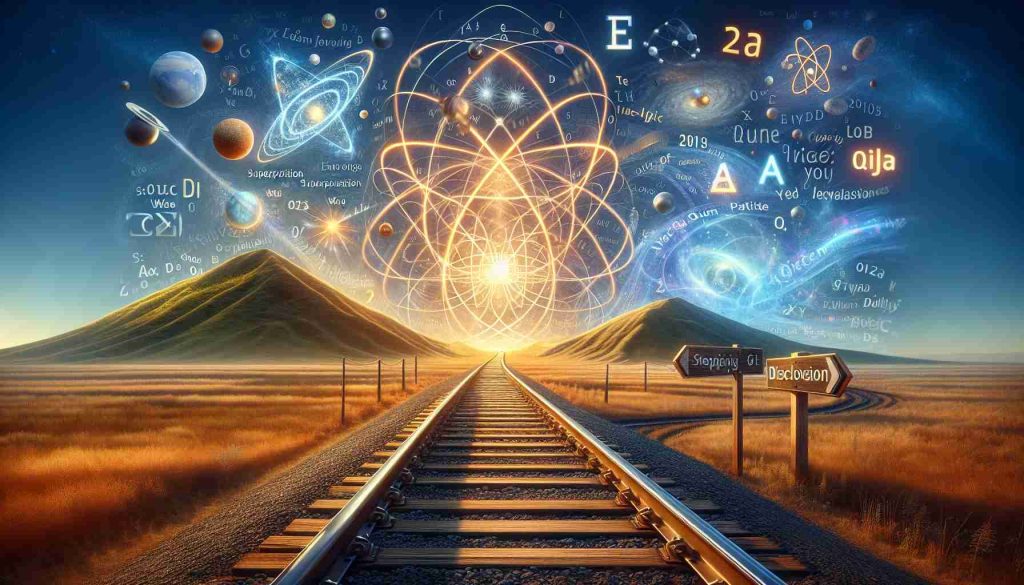- Nuclear power is crucial for a sustainable future and reducing carbon emissions.
- The U.S. must rejuvenate its nuclear strategy to compete with China and Russia.
- Small Modular Reactors (SMRs) offer safer, more scalable nuclear solutions.
- Nuclear energy can ensure reliable electricity while cutting greenhouse gas emissions.
- Revitalizing the U.S. nuclear industry promises economic benefits and job creation.
- Addressing regulatory challenges and public concerns is essential for progress.
- Revamping the nuclear approach can redefine U.S. energy leadership globally.
In a world rapidly pivoting towards clean energy, nuclear power emerges as a formidable pillar necessary for a sustainable future. While the United States once led the charge in nuclear advancements, it now faces a stark challenge from nations like China and Russia, who are rapidly expanding their nuclear footprints. This strategic shift demands a bold reevaluation from the U.S. to rejuvenate its nuclear strategy and reclaim its global leadership.
Amidst this global tension, innovative breakthroughs such as Small Modular Reactors (SMRs) present a golden opportunity for the U.S. These cutting-edge technologies promise safer, more scalable solutions, allowing for flexible deployment tailored to evolving energy needs. As traditional large-scale reactors face scrutiny, SMRs shine as a modern alternative for integrating nuclear power into contemporary energy grids.
The environmental stakes are high. Nuclear energy offers an unmatched advantage in reducing carbon emissions, a critical factor as the world grapples with climate change. Nations, drawing inspiration from France’s nuclear-driven energy model, eye nuclear power as key to slashing greenhouse gas emissions while maintaining a reliable electricity supply. The pursuit of nuclear energy is not just about innovation—it is about committing to a greener planet.
The economic potential of revamping the U.S. nuclear industry is vast. With substantial investments, nuclear infrastructure could spur job creation, ignite technological advancements, and maintain competitive electricity prices. However, realizing this potential demands tackling regulatory hurdles and gaining public trust through transparent dialogue regarding safety and waste management.
Ultimately, the U.S. stands at the threshold of a nuclear renaissance. It is a critical juncture where revitalizing its nuclear endeavors could not only redefine its energy paradigms but also reposition it as a leader in sustainable global development.
Nuclear Power Renaissance: A Path to Sustainable Leadership
How Can Small Modular Reactors (SMRs) Revolutionize the Energy Industry?
Innovations and Benefits of SMRs
Small Modular Reactors (SMRs) are poised to transform the energy landscape with their groundbreaking design and operational flexibility. Unlike traditional large-scale nuclear reactors, SMRs are designed for smaller outputs, making them more adaptable and safe. These reactors can be mass-produced and assembled on-site, reducing construction times and costs. Their inherent safety features, often relying on passive safety systems, mean they are less vulnerable to catastrophic failures. Moreover, they offer a scalable solution, allowing for incremental increases in capacity as demand rises, fitting seamlessly into modern energy grids.
What Are the Pros and Cons of Nuclear Power in Tackling Climate Change?
Advantages and Challenges
Pros:
– Carbon Reduction: Nuclear energy is one of the cleanest energy sources, emitting virtually no greenhouse gases during operation, making it a potent tool in the fight against climate change.
– Reliability: Nuclear power plants generate stable and continuous electricity, unlike intermittent renewable sources such as wind and solar.
– Economic Growth: Investing in nuclear infrastructure can stimulate job creation and technological innovation, boosting the economy.
Cons:
– Safety Concerns: Despite advancements, the potential risk of nuclear accidents, as seen in past incidents, remains a concern.
– Waste Management: The dilemma of dealing with nuclear waste necessitates innovative solutions and public transparency.
– High Initial Costs: The initial capital costs for building nuclear plants are substantial, although the long-term benefits can outweigh these.
How Does the U.S. Compare to Other Countries in Nuclear Development?
Global Comparisons and Trends
The U.S. currently trails behind countries like China and Russia, which are rapidly scaling up their nuclear capabilities. China leads with aggressive investments in both traditional and innovative nuclear technologies, aiming for a significant portion of its power to be nuclear by mid-century. Russia’s state-sponsored nuclear projects have expanded its domestic and international presence. Meanwhile, despite holding the potential to innovate with SMRs, the U.S. faces bureaucratic and regulatory challenges that hinder rapid deployment. To regain leadership, the U.S. must streamline regulatory processes, incentivize innovation, and foster international collaborations.
Suggested Related Links
– International Energy Agency
– World Nuclear Association
– U.S. Department of Energy
The source of the article is from the blog karacasanime.com.ve

